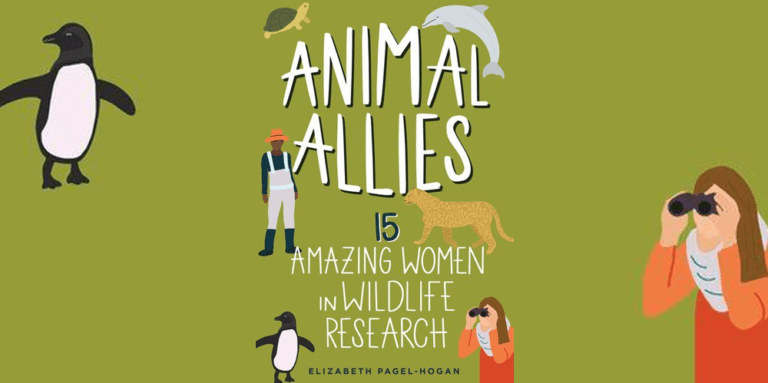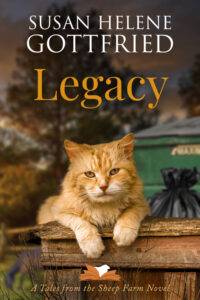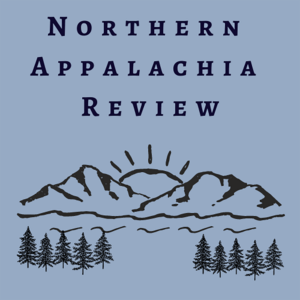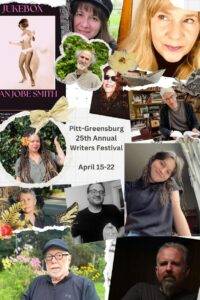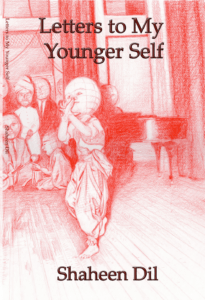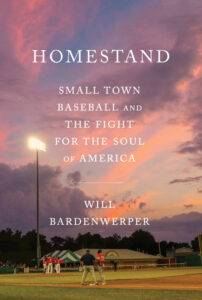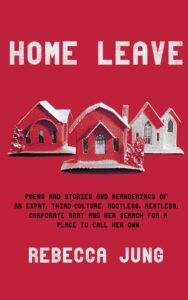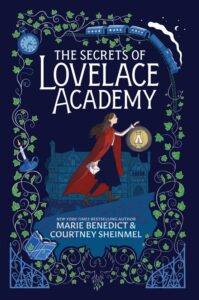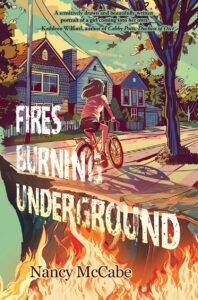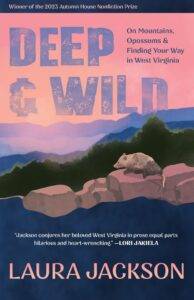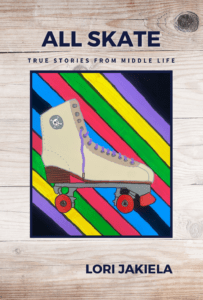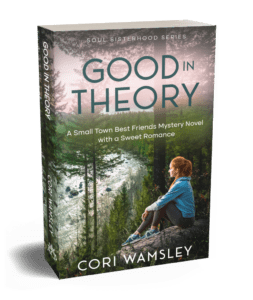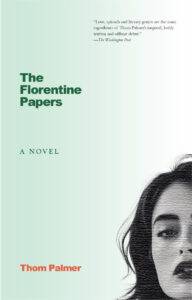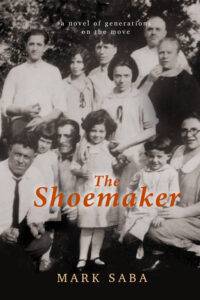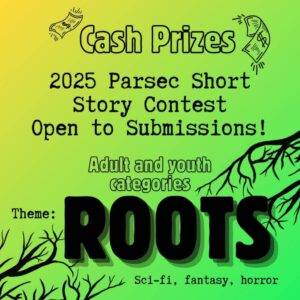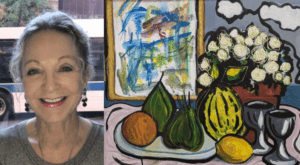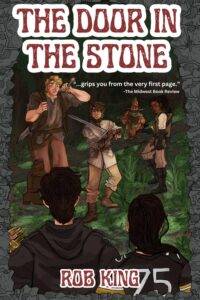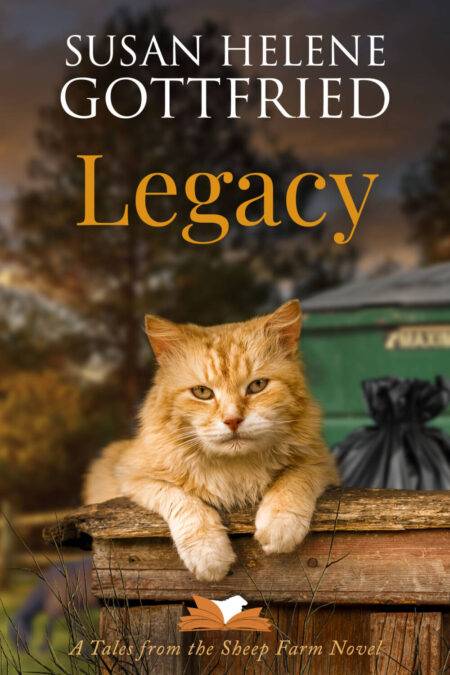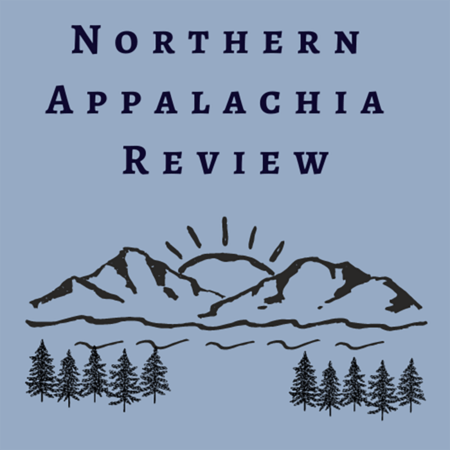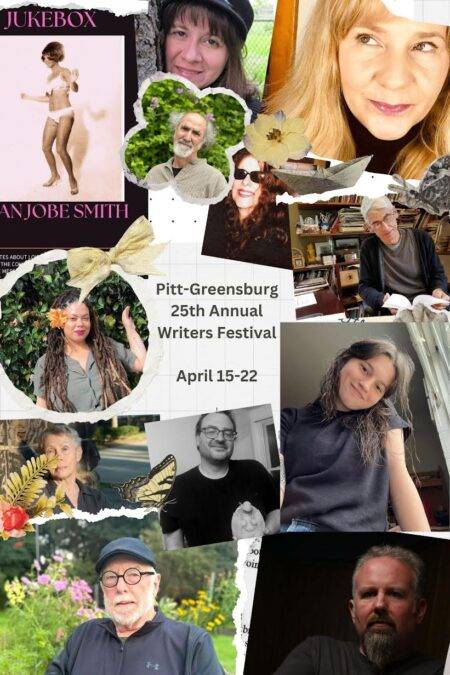“These 15 women work with animals on land, air, and sea.”
From the Publisher: “Corina Newsome is saving seaside sparrows while Michelle LaRue uses satellites to study Antarctic birds. Lizzy Lowe takes on what many fear in researching spiders, and Erin Ashe lives out the dream of many studying dolphins and whales. Kristen Hecht chases the elusive hellbender amphibian while Enikö Kubinyi uses robots to get information on wolf pups.
These women are working on issues that intersect with biodiversity, species conservation, biology, and more. They stand out for their work in their fields and are also dedicated to science communication to share their knowledge with others. They challenge the assumptions of who a scientist is and what a scientist looks like.
These diverse, modern women are pushing the boundaries of their scientific fields while empowering others to pursue their dreams.”
More info About the Author: Elizabeth Pagel-Hogan is an author and teacher from Pittsburgh, PA. She loves exploring history and science and has written over a dozen fiction and nonfiction books and graphic novels. Her books include Animal Allies: 15 Amazing Women in Wildlife Research and The Science and Technology of Leonardo da Vinci. Elizabeth lives with her family and pet schnoodle and loves board games, birding, and baking. She’s a lifelong runner and loves volunteering in her community.
Author Website “This is the book I wish I had as a young girl interested in science! Reading the personal stories about these amazing women in biology and learning about their research and careers will without a doubt inspire the next generation of women scientists. This is a must-have book for anyone interested in animals and science.” —Corrie S. Moreau, PhD, director and curator of the Cornell University Insect Collection
“Animal Allies inspires girls to explore a career in STEM through the biographies of trailblazing women in wildlife research. This book opens the windows of opportunities and doors of imagination for young women. Every child should have the opportunity to dream about a career path where they can create, imagine, and make a difference in the world.” —Dr. Artika R. Tyner, author of Justice Makes a Difference: The Story of Miss Freedom Fighter, Esquire
“A timely and terrific book about women in wildlife research. The portraits are fascinating; the additional resources and activities are fabulous. Animal Allies will inspire young nature lovers everywhere.” —Deborah Hopkinson, author of Butterflies Belong Here
Corina Newsome: Saving the Seaside Sparrow
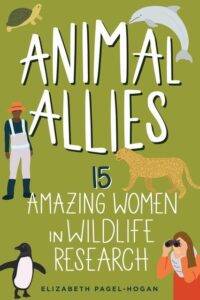 The sharp grasses growing in the salt marshes off the coast of Georgia make it a dangerous place to work.
The sharp grasses growing in the salt marshes off the coast of Georgia make it a dangerous place to work.
“The marsh has drawn blood,” says Corina Newsome. “It’s drawn blood, sweat, and tears.”
Corina Newsome is a birder, a Black woman, an activist, and a scientist. She is a researcher working on her master’s degree in biology from Georgia Southern University and has spent weeks in the salt marshes off the Georgia coast.
“It smells like a mix between salt and wet dirt,” Corina says. In her knee-high wading boots, tank top, and a visor—no hat could contain her braids—she has braved the challenges of the marsh.
“Walking in mud is like walking up stairs the entire time. The first time I went out I was utterly exhausted within 30 minutes,” she says.
The marsh is no easy place to study. Before arriving there, she had to get through strips of grass filled with grasshoppers—it seemed like thousands of them. The shrieks and calls of large wading birds like herons and egrets startled her.
“Their calls are terrifying, like dinosaurs. One time I didn’t know a tricolored heron was there. It called, and I thought it was a man chasing me. I screamed and ran,” she says.
And then there are the sharks.
“I was taking a rest and had my foot in a tidal river, and a dogfish shark swam over my foot. I was stunned,” she says.
The marsh isn’t just a dangerous place to study; it can be a dangerous place to live, especially for the Seaside Sparrow.
Corina is researching the Seaside Sparrow. It’s a tiny grey and brown bird with a flashy yellow patch on its face. It makes its home in the grasses of the salt marsh. The Seaside Sparrow is found along the East Coast of the United States and down to parts of the Gulf Coast. This bird doesn’t—and can’t—live anywhere else. The female weaves an open cup nest suspended above the ground in the cordgrass. She lays between two and six white, speckled eggs. When they hatch, both the male and female feed the hatchlings. The young birds leave the nest soon after hatching, around 12 days, if they survive that long.
Sometimes, an unusually high tide causes the eggs and chicks to drown if they are too close to the ground. It’s a risk all Seaside Sparrows face. But if the sparrows build their nests higher to keep them from flooding again, there are other threats. Predators, including raccoons, mink, and the local rice rat, all stalk the grasses, hunting for the nests. They are easier to find if they are high off the ground. So the sparrows have to build their nests in a perfect place, not too low, where they’ll get flooded, and not so high that predators can see them.
Unfortunately, the perfect nest placement will get harder to find. Climate change is causing sea levels to rise. For example, seas have risen seven inches (18 cm) on the coast of Georgia. Tides are coming in higher in the marsh, causing bird nests to fail, and scientists think this will make it harder for them to balance the threat of flooding and the threat of predators.
The birds are stuck between a rock and a hard place.
During her research, Corina set up video cameras to watch the nests. She had videos of eggs hatching, parents feeding, the wind shaking the grasses that hold the sturdy structures.
She also set up camera traps in the nearby area. Camera traps are motion-triggered. They turn on when something moves by them, like a hungry raccoon or rice rat.
Sometimes the videos were difficult to watch. Corina has observed the struggles of sparrows. She’s seen rice rats take chicks. And she’s watched new dangers arrive. Rising water lev- els flood more nests and bring new predators, like fish, to prey on chicks. One loss of a chick caught on video was especially hard for her.
“I cried. My heart was broken,” says Corina. “These birds are declining in number. Every nesting success for these birds means so much. I imagined what that chick was feeling, but also thought about the larger population. Because of climate change, nest flooding will keep happening. Chicks are going to drown. Plus, now there are new predators.”
Despite her heartbreak, Corina knew this video was important…
This excerpt from Animal Allies: 15 Amazing Women in Wildlife Research by Elizabeth Pagel-Hogan is published here courtesy of the author and publisher and should not be reprinted without permission.


